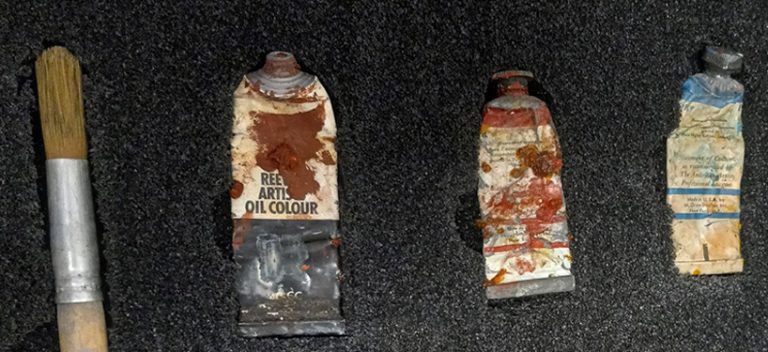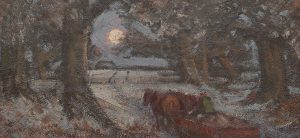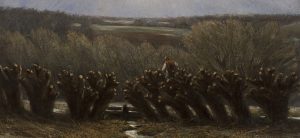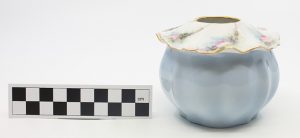If you’ve visited Homer Watson’s studio, you will have seen the artist’s huge paint-caked palette, brushes, and easel – but stored away in the collection is a set of Homer’s paint tubes.

Paint is something that many of us have used throughout our lives. In art, decorating, renovating, and other everyday activities. Despite its prevalence, we may not think about where paint comes from.
For the most part, Homer Watson used oil paints in his work. How oil paint is made is in its name – it’s derived from oils. Historically, some of the most well-known sources of these oils are linseed, poppy, and walnut. They are then mixed with pigment, the element that adds the colour to the paint. Many pigments have traditionally been made from natural sources like clay, rocks, and plants.

Homer lived in a world recently affected by the industrial revolution, during which the process of producing paint was streamlined for mass distribution. Machines could quickly press oil in large quantities, and new technological advancements led to the invention of chemically created pigments. For example, the invention of a chemical method to produce ultramarine blue in 1824 made the colour much more accessible and affordable than using the semi-precious gemstone lapis lazuli.
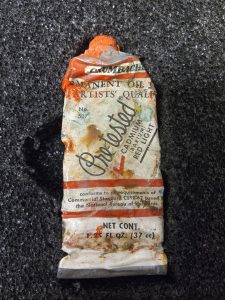
However, the downside of some of these new processes was the environmental impact. Chemicals ending up in wastewater and the emission of hazardous gases can have adverse effects on the environment as well as one’s personal health. As eco-awareness continues to gain importance in our lives, many people have been looking for ways to make paint production more sustainable. Artists making their own non-toxic, organic paints is one of them. To do so, these artists look back on natural pigments to create colour.
As a landscape artist, Homer spent many hours capturing nature with his paints. The resurgence of using natural paints means that many artists are creating landscapes using things they find directly within the landscape itself. Next time that you go out, think about what different colours are found in the rocks and plants around you – you’ll probably find a lot more variety than you think!

